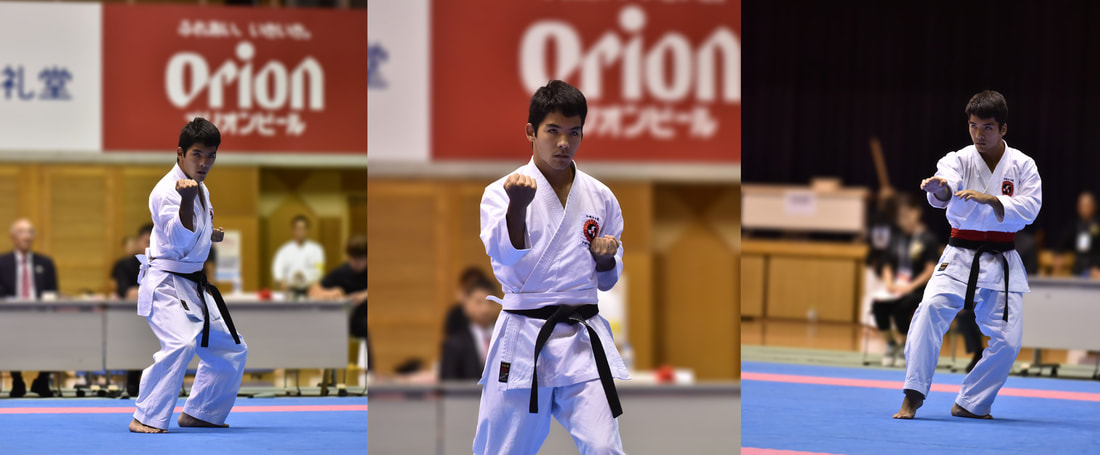Karate, the empty hand art of self-defense, was first developed in Okinawa, a small island centrally located in the East China Sea. The original, traditional karate styles are still practiced and protected as a cultural asset in Okinawa today.
More than just a means of self-defense, traditional karate aims to prevent violence, to calm trouble, and to enlighten the spirit.
Shorinji-ryu Shinkokai is a traditional karate school with a direct lineage to Master Chotoku Kyan, one of the founders of Okinawan karate. "Passing on the karate legacy fully and correctly" was a teaching principle of sensei Kyan, and is also a teaching principle of Shorinji-ryu Shinkokai.
Classes are held at the SHIFT Movement & Healing Arts in Seattle, Washington. Classes are open to all experience levels, ages 13 and older.
More than just a means of self-defense, traditional karate aims to prevent violence, to calm trouble, and to enlighten the spirit.
Shorinji-ryu Shinkokai is a traditional karate school with a direct lineage to Master Chotoku Kyan, one of the founders of Okinawan karate. "Passing on the karate legacy fully and correctly" was a teaching principle of sensei Kyan, and is also a teaching principle of Shorinji-ryu Shinkokai.
Classes are held at the SHIFT Movement & Healing Arts in Seattle, Washington. Classes are open to all experience levels, ages 13 and older.
"A punch should stay like a treasure
in the sleeve. It should not be used
indiscriminately."
– Chotoku Kyan –
in the sleeve. It should not be used
indiscriminately."
– Chotoku Kyan –
Banner photo collage: Maya Christopher Rutherford performing kata at the 1st Okinawa Karate International Tournament.

